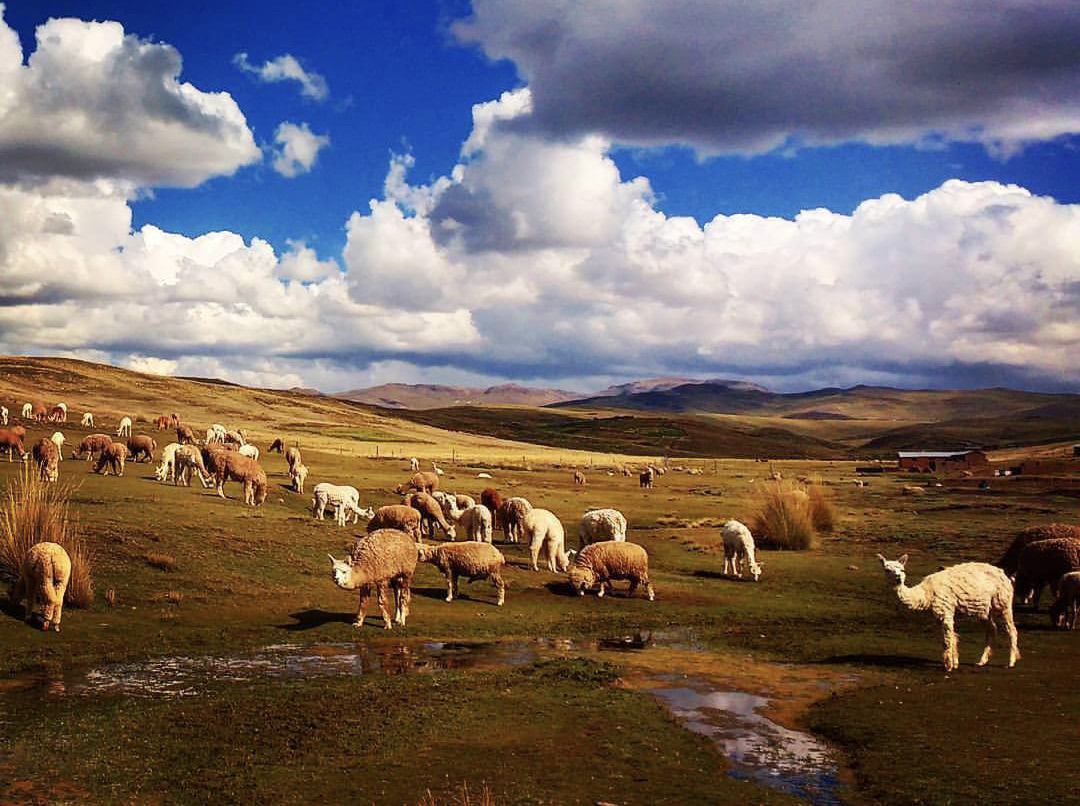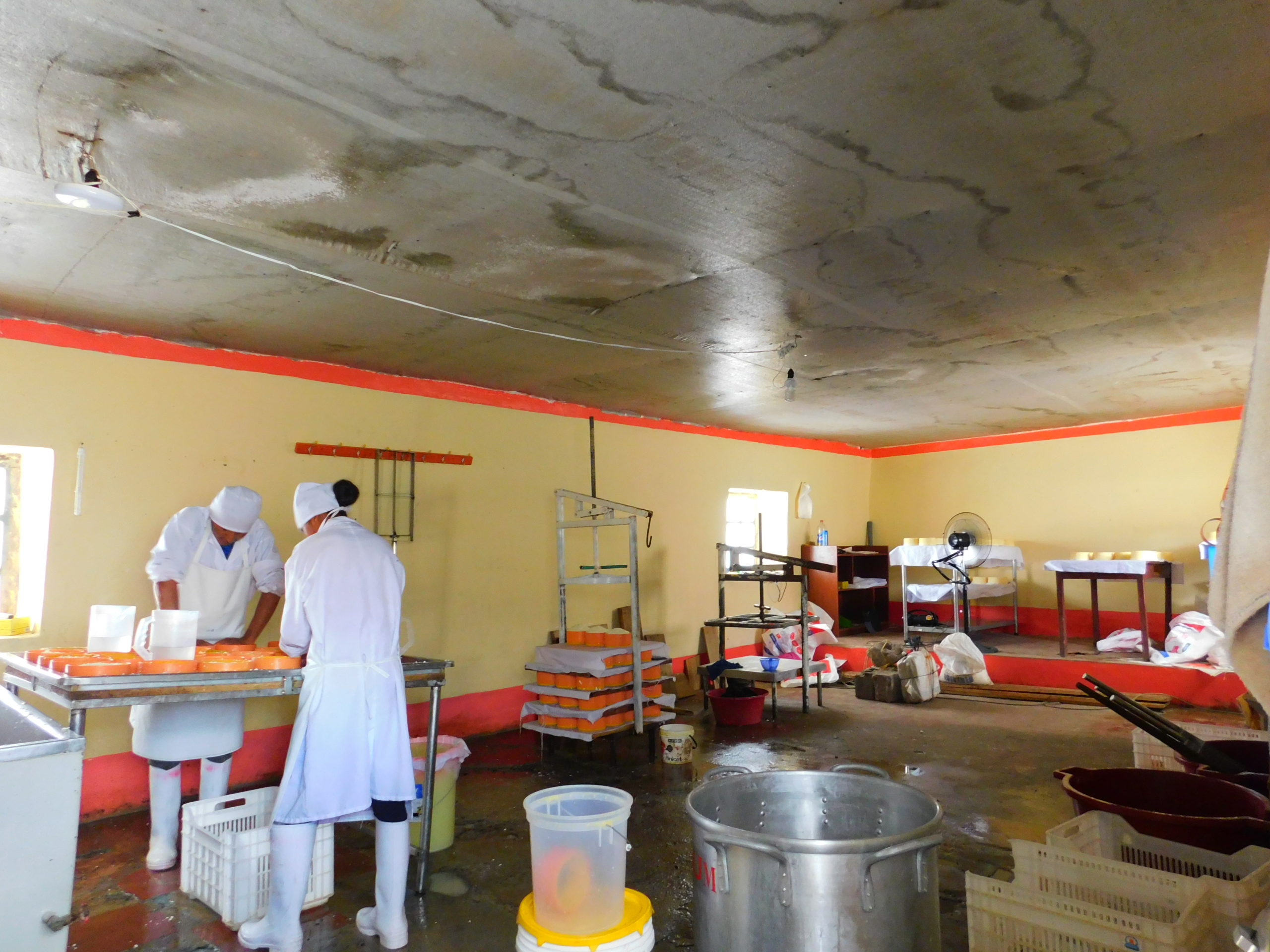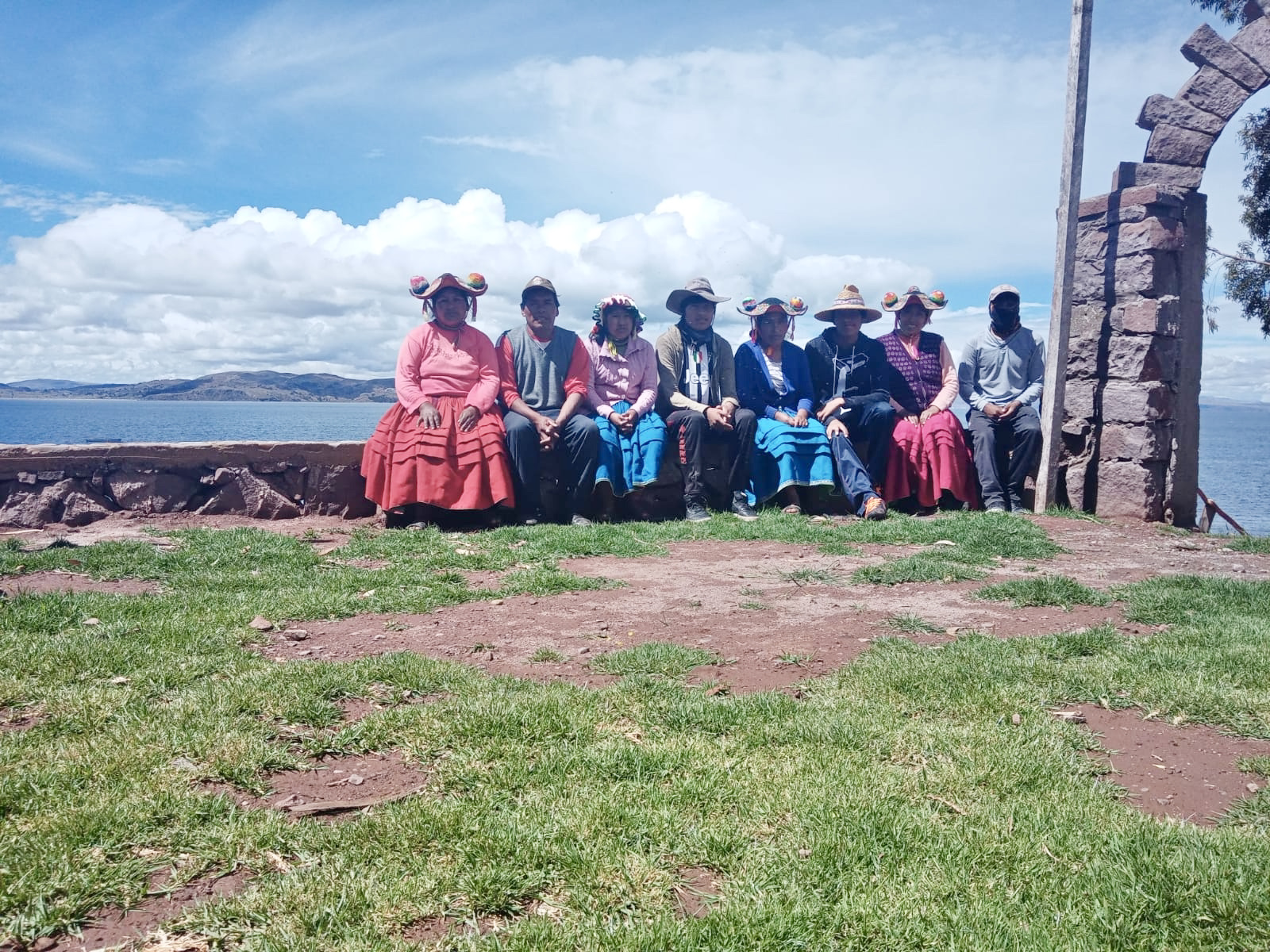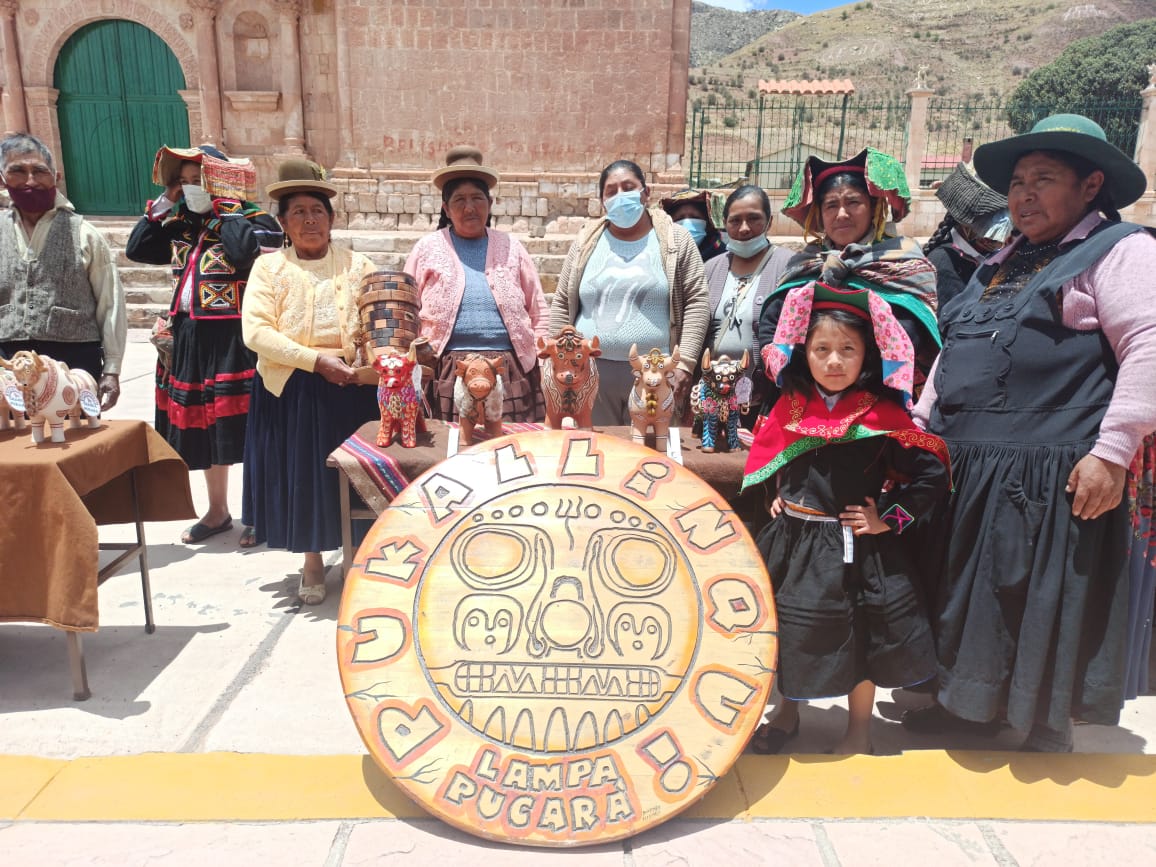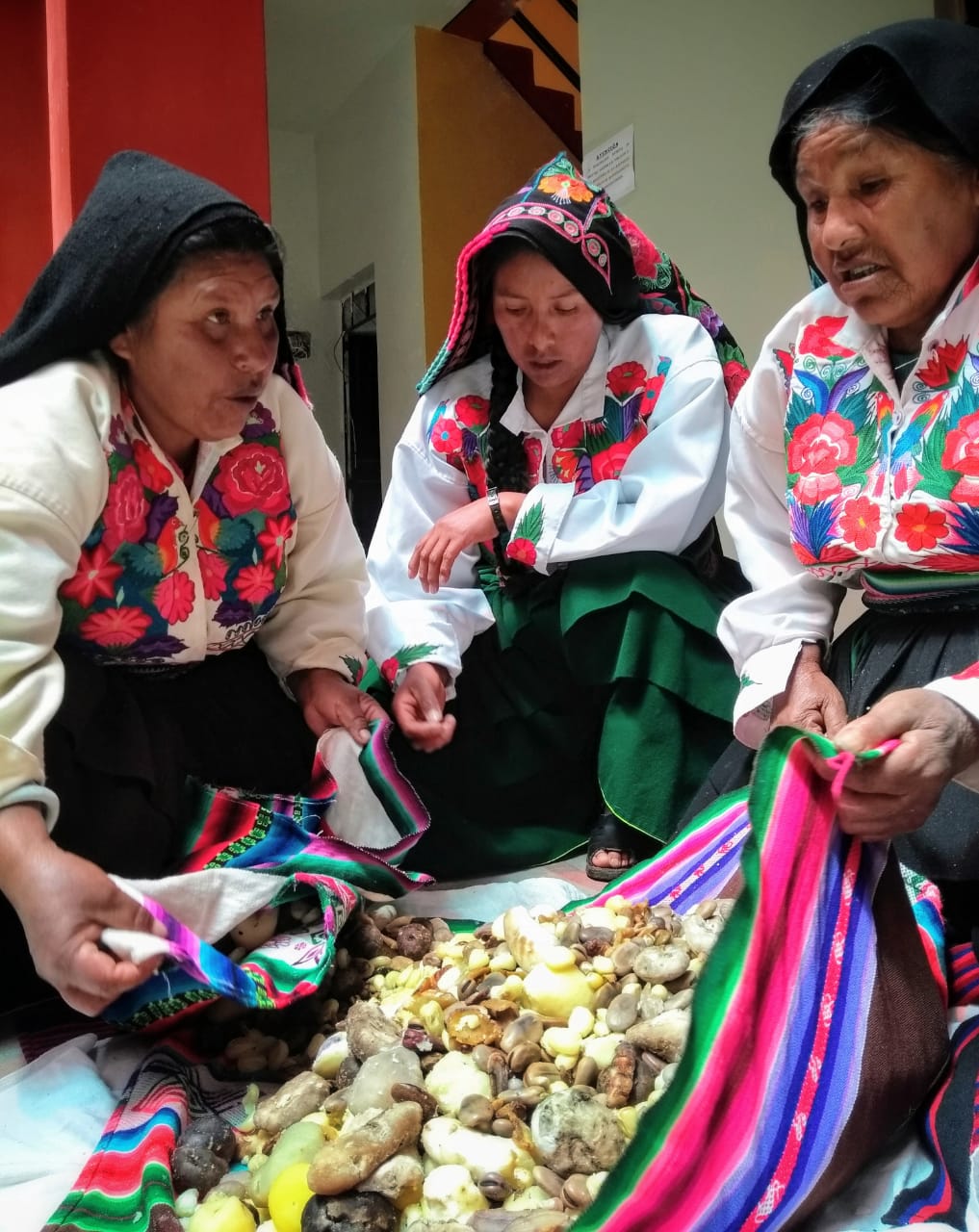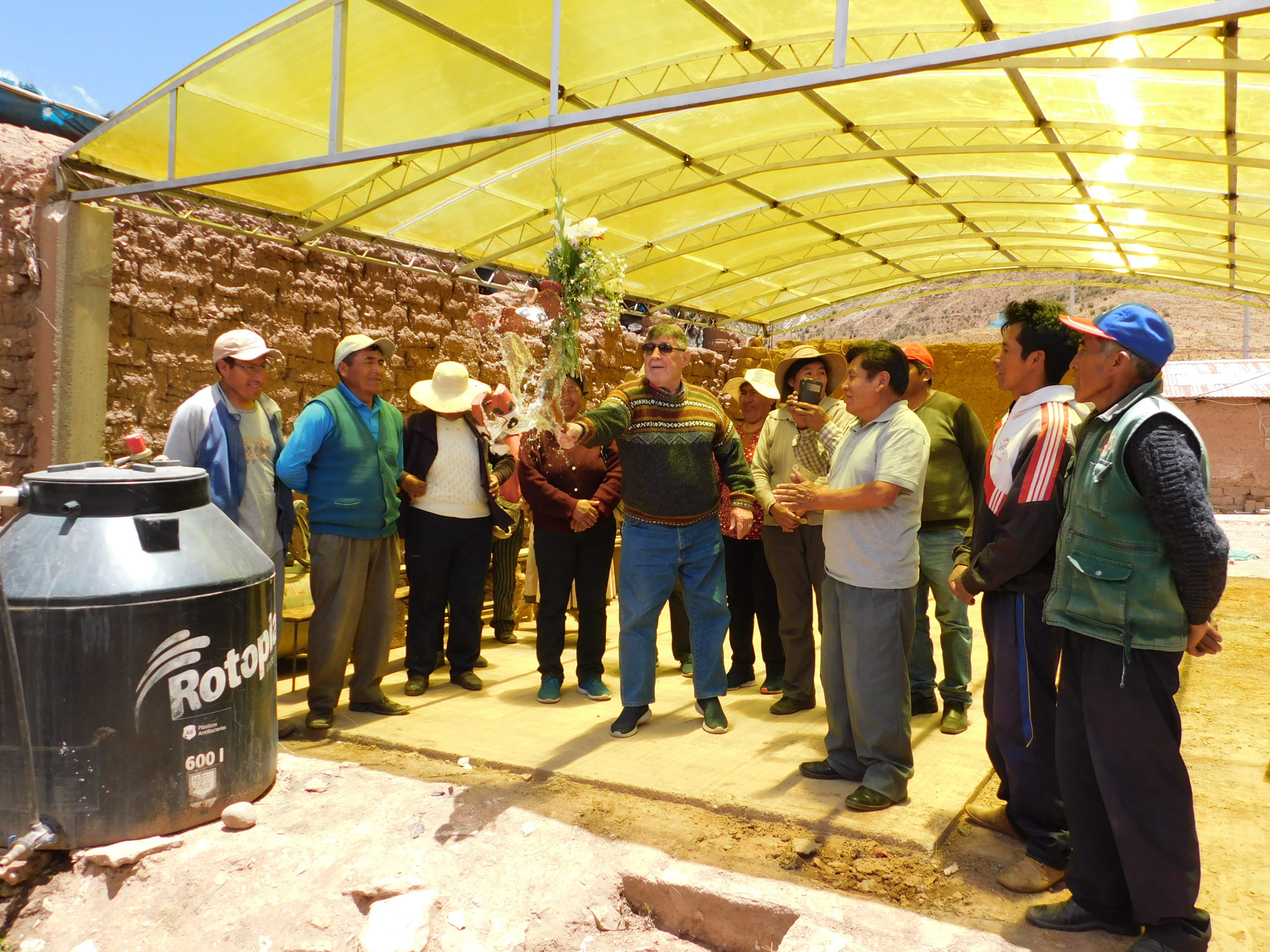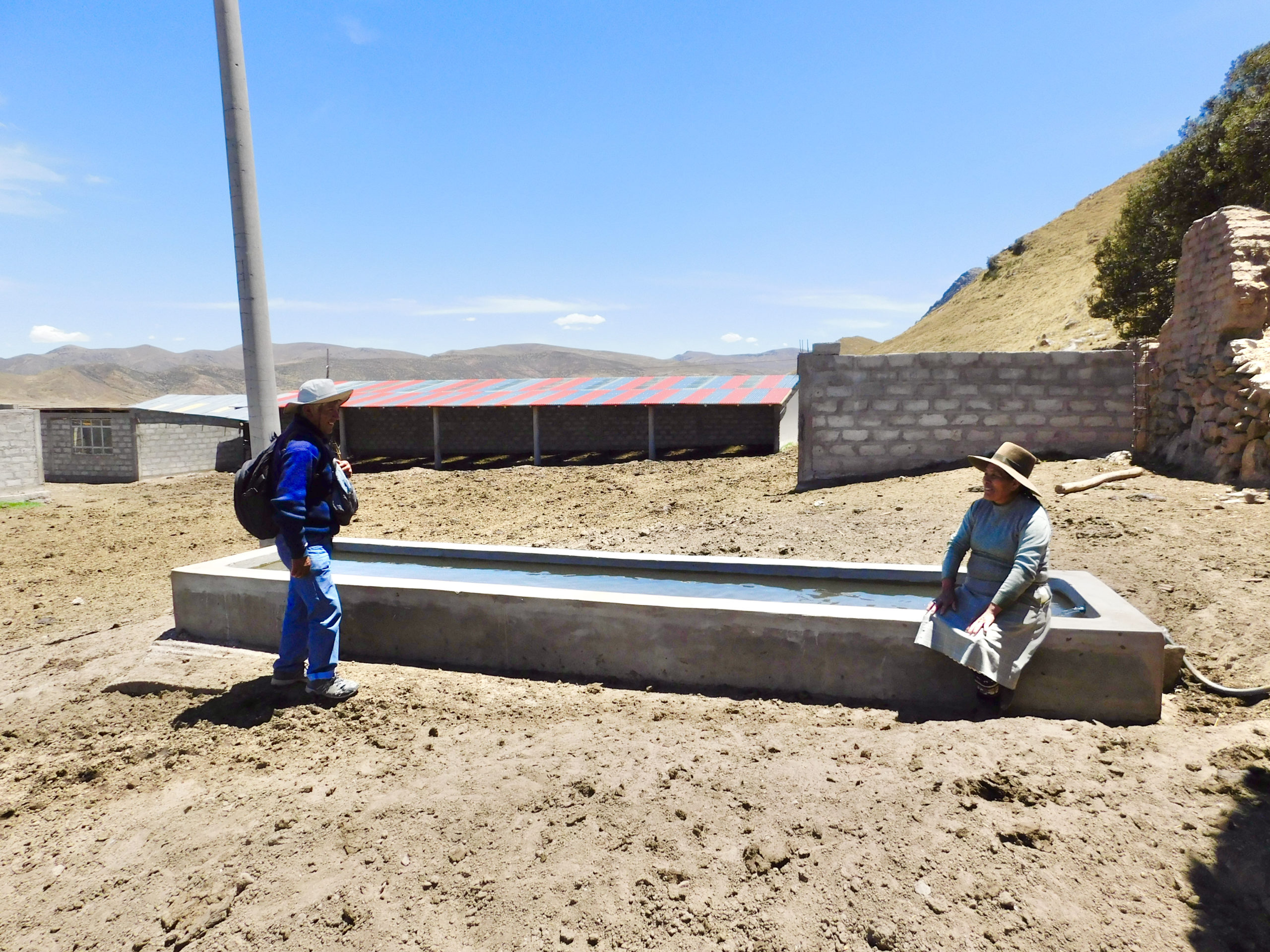2021 Projects
Economic Development Community Project Proposals
Communities submit project proposals at the end of every year. You can now partially or fully fund a specific project with your donation. Please reach out to [email protected] if you would like to learn more about how to fund a community’s project.
Protection and Restoration of Bofedales (Highland Wetlands)
Communities: La Union, Coarita, Sapanccota, Alto Pucarayllu, Pucarayllu
Budget: $16,632
Bofedales are a type of wetland found at high altitudes throughout Peru and Chile. These wetlands are a fundamental part of high-altitude environments in the Andes because they help regulate water levels in nearby aquifers; they also provide water for both animal and human consumption and grazing pasture for livestock. In recent years, climate change and overgrazing have caused bofedales to begin to disappear in the 5 alpaca communities in the Chijnaya network. This project will restore and protect the bofedales of these 5 communities by providing individualized trainings in each community, planting native grasses, strategically directing water to replenish water levels, and building fences to ensure areas are protected. The project is partially funded by a grant from the New England Biolabs Foundation and is a part of a set of projects aimed at improving the family economy of alpaca herding communities.
Cheese Plant Equipment Project
Community: Huancarani
Budget: $5,587
Cattle herding is the main economic activity for the community of Huancarani; community members rely on selling milk to nearby cheese factories as their main source of income. In 2020, the community began producing their own cheese and building a community cheese plant to create more jobs within the community and to ensure that community members have a reliable place to sell their milk. The community submitted a project proposal that would allow them to invest in the equipment they need to finalize the construction of the cheese plant, including a cheese press, 100 additional cheese molds, a table, a 1,500L cauldron, and a lacto decimeter.
Trout Farming Project
Community: Llachón
Budget: $2,793
This project was designed in partnership with the rural tourism association, Asociación APTUR Pachamama Suyos, in the community of Llachón. The association has experienced a severe decrease in income due to a decline in tourism caused by the COVID-19 pandemic. In 2020, the community began to expand trout farming to make up for the decline in tourism. This project is part of a Peruvian government-funded effort to improve environmentally sound trout farming practices. The funds will be used to provide the association with fish eggs and fish food to improve environmentally sound trout production.
Improvement of Artisan Workshops
Association: Asociación Pukallinqui in Pucará
Budget: $4,190
Members of this artisan association currently do not have the infrastructure to protect their ceramics from rain and hail during the rainy season and freezing temperatures during the dry season. Lack of permanent roofing makes it difficult to properly store ceramics while they are drying. Currently, artisans use tarps to cover their ceramics, which is both time consuming and ineffective. This project proposes the construction of a roofed section in the workshops of 11 association members with the goal of increasing productivity by 30% and improving the overall quality of their products.
Construction of Haylofts
Community: Queñuani Alto
Budget: $4,190
Queñuani Alto is a small community that relies on cattle herding for most of its income. This year the members submitted a proposal to build haylofts on the property of 7 community members to improve the storage of the hay and grains that they produce. Properly storing hay and grains will lead to improved nutrition and therefore increase milk production and family income. In previous years the community successfully completed a project to increase oat production.
Tourism Services Improvement
Communities: Lampayuni and Occopampa
Budget: $2,793 per community
Rural tourism associations in Peru have been heavily affected by the COVID-19 pandemic that has caused a severe decline in tourism throughout the country. These associations face decreased income due to a decline in visitors, making it difficult to continue developing the local tourism industry that they have been working on improving in recent years. The communities of Lampayuni and Occompampa submitted project proposals to support the construction and improvement of their homestays with the goal of improving their services and the local economy.
Artisan Display Cabinet Project
Association: Chaska Pukara in Pucará
Budget: $4,190
The Chaska Puakara ceramic association previously completed a project to build workshop roofs to improve the drying process. This year they submitted a proposal to improve their workshops by building display cabinets in the workshops of 10 association members. The display cabinets will help members showcase their finished products. The members estimate that the project could help them increase their sales by up to 50%.
Construction of Feeding Troughs
Community: Qqepa
Budget: $2,577
The community of Qqepa submitted a project proposal to build feeding troughs for the cattle of 15 community members. Feeding troughs are an essential part of herd management because they allow farmers to control the cattle’s daily consumption of food. This controlled feeding leads to improved nutrition as well as increased and stable milk production. Feeding troughs are especially important during the dry season when lack of vegetation for grazing decreases milk production. The troughs provide an alternative to grazing during the dry season.
Oat Seed Purchase Project
Community: Chillin
Budget: $2,793
The community of Chillin proposed a project to invest in oat seeds to expand their production of oats. The harvested oat seeds are a nutrient rich food source for cattle that will increase milk production and oat hay can be sold for an additional profit. Growing and storing these additional food supplies are crucial for maintaining a high level of milk production during the dry season when fields do not have grazing pasture.
Agriculture Equipment
Budget: $25,000 – $40,000 per community
The communities of Huancarani, Jallahua, and Tuni Requena have proposed projects to buy a tractor for their communities that could be rented out to community members throughout the year. These projects will be funded by traditional loans from interested individuals instead of through a rotating loan model. If you are interested in investing in these projects please contact us at [email protected].
The Scholarship Program
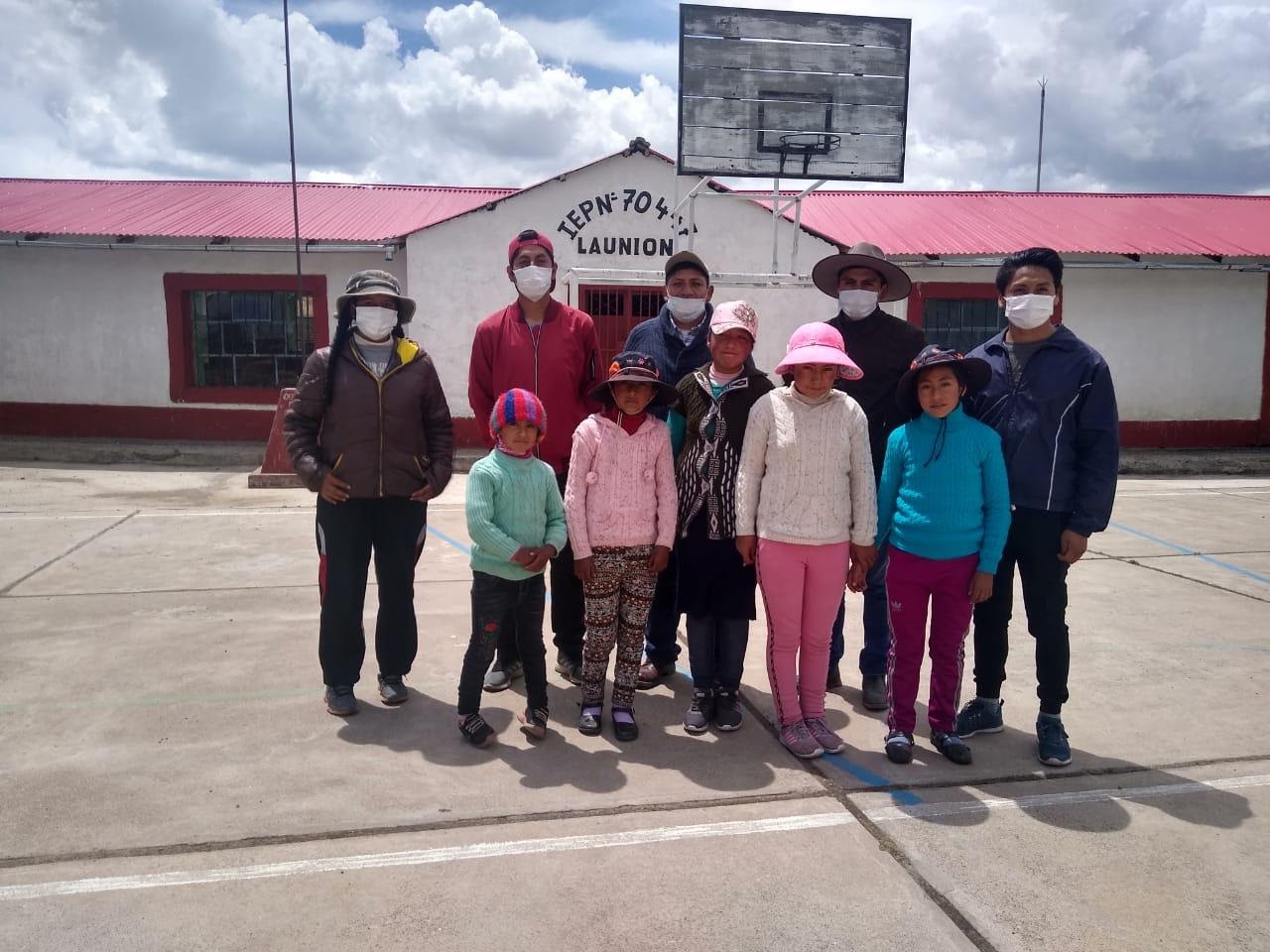
The scholarship program aims to end the poverty cycle in rural communities by improving access to higher education . This year, 50 students have been selected to receive scholarships. 36 of the students plan to attend universities and 14 plan to attend technical institutes.
You can donate directly to the scholarship program and even create a named scholarship to honor someone special or create opportunities for students who are pursuing a particular field of study. Read about current named scholarships and find more information about creating these opportunities here.
The Group Savings Program

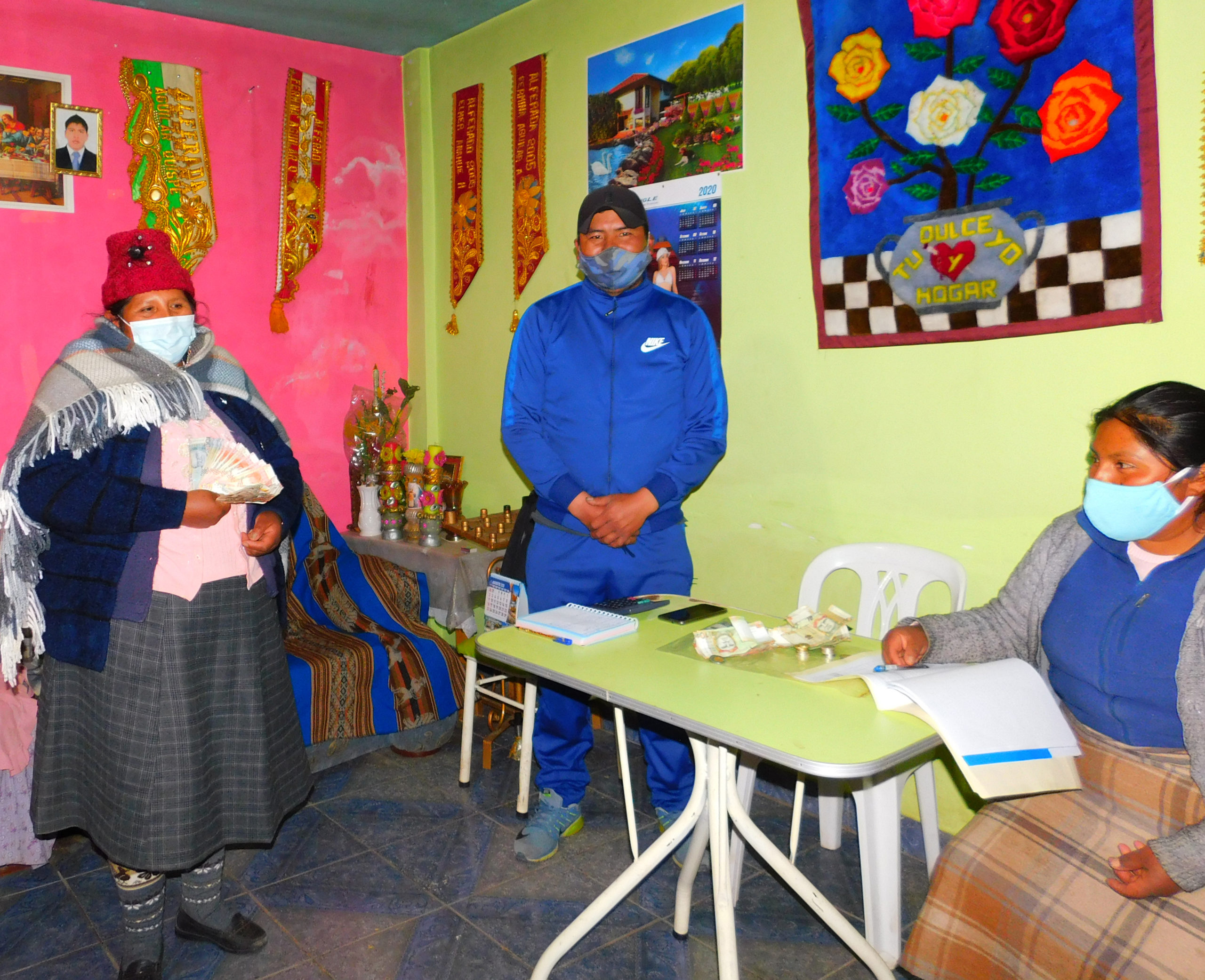
The Group Savings Program has been vital to communities during the COVID-19 pandemic. Savings groups give communities a way to save their money, earn interest, and take out low-interest loans, which has been especially important as people face economic insecurity and new challenges during this global crisis. In 2020, the 13 savings groups, consisting of a total of 190 participants, saved a total of $56,643 and used their savings to invest in small business, medical, and educational expenses with the goal of strengthening their financial self reliance.
The Group Savings Program will continue to assist interested communities in forming and facilitating savings groups in 2021. The program will also continue to provide communities with financial education to help them to grow their small businesses.
COVID-19 Response
In 2020, our Peruvian partner organization, Pro-DIA, started a radio program to provide communities with information on health and financial education during the COVID-19 pandemic. Radio is an important form of communication in rural communities where internet and phone service are unreliable or nonexistent.
The radio program Salud y Economia al DIA will continue in 2021 as a way to provide communities with important and reliable information. The program provides information in both Spanish and Quechua and will work with scholarship recipients and community members to create content that is tailored to the needs of rural communities.
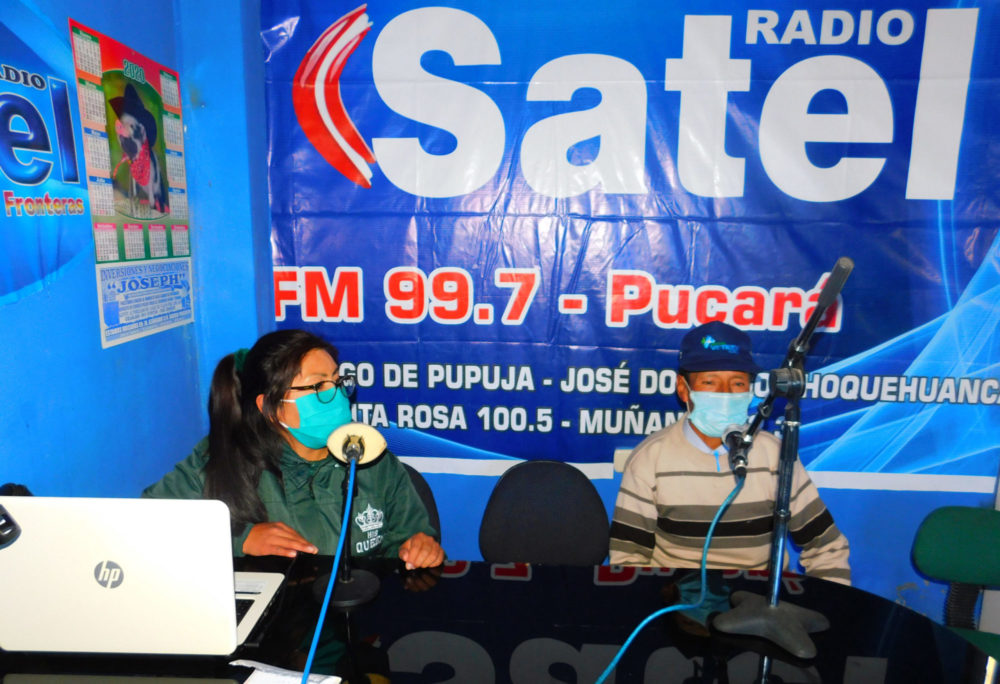
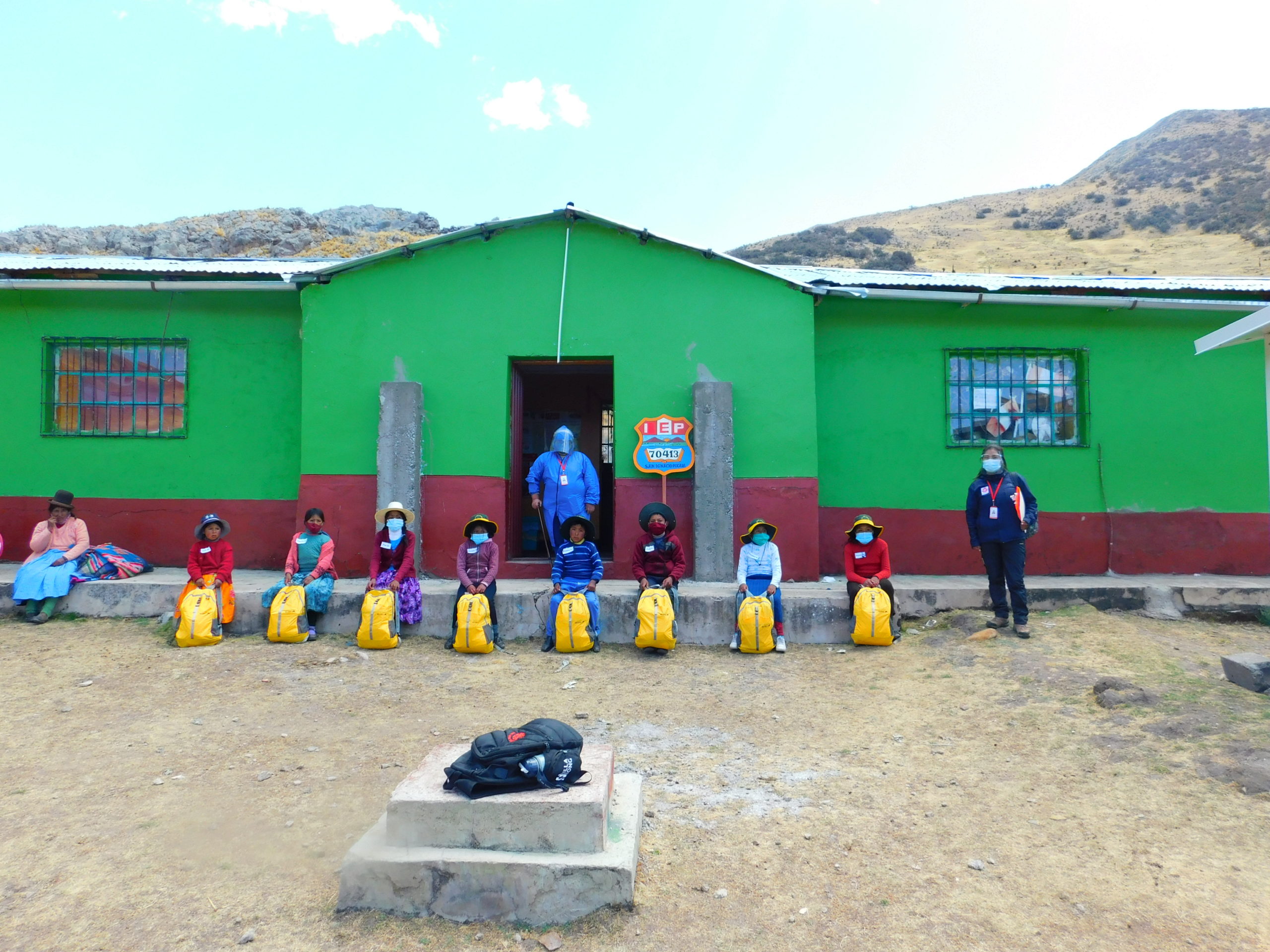
Virtual learning has been especially challenging for students in the rural sector because many communities lack access to phone and internet service. Primary and secondary school students often accessed their classes by radio, but found it difficult to advance and truly learn subject matter without the proper infrastructure and support. The Peruvian government recently announced that schools in regions with cases under a certain threshold can begin hybrid in-person classes in the coming months, however schools and students are likely to continue to face obstacles.
Last year, students of The Chijnaya Foundation Scholarship Program focused their community-based projects on improving virtual learning in remote areas by tutoring the students in their communities. They answered questions on subject matter, provided students with materials, and assisted students in completing their required assignments. Scholarship recipients plan to continue working with the younger students in their communities in 2021 to reduce learning loss and dropout rates.
Join us in making a difference!

